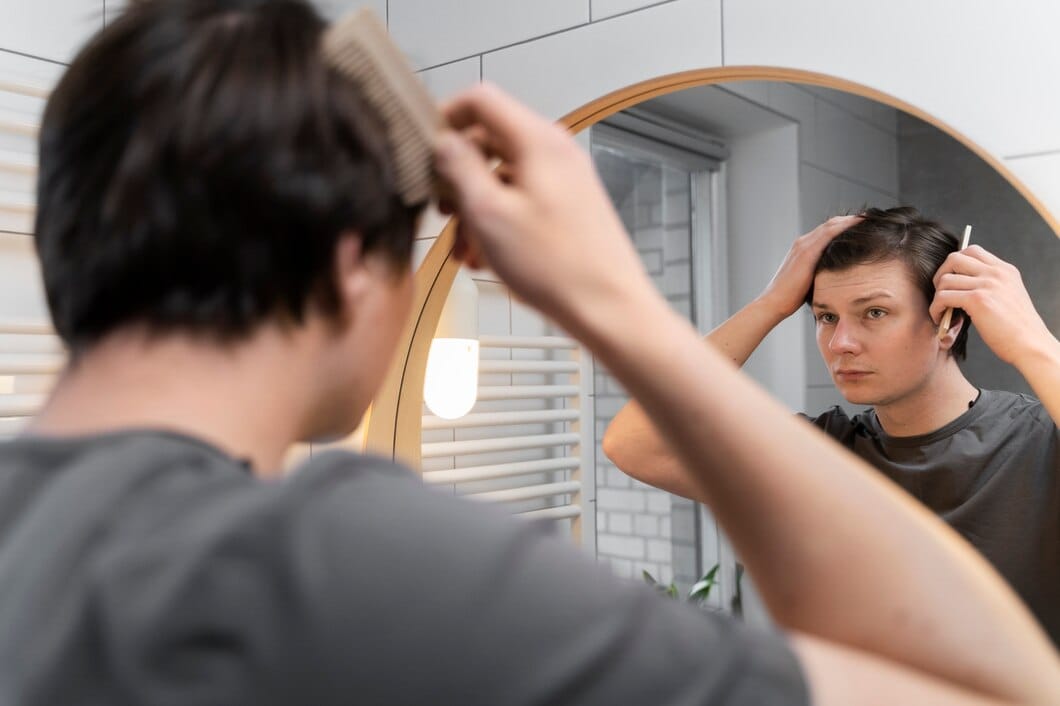
Introduction
Hair loss can be a challenging experience, but a hair transplant at a reputable clinic can offer a solution to restore your confidence and appearance. Preparing properly for your hair transplant is crucial to ensure the best possible outcome. In this article, we’ll walk you through essential tips to help you get ready for your hair transplant procedure. By following these guidelines and working closely with your surgeon, you can increase your chances of achieving the desired results and a smooth recovery process.
Understanding Hair Transplantation
What is a Hair Transplant?
A hair transplant involves moving hair follicles from one part of the body (usually the back of the head) to a bald or thinning area. This procedure, often sought after by individuals considering hair transplant in Sydney, can restore natural-looking hair growth and is a popular solution for male and female pattern baldness. The transplanted hair follicles are permanent, meaning the restored hair will continue to grow and behave like the original hair. However, it’s important to note that hair transplants are not a cure for baldness and may require multiple sessions to achieve desired results.
Consultation and Evaluation
Initial Consultation
Before your transplant, you’ll have an initial consultation with the clinic’s specialists. This meeting is crucial for assessing your hair loss pattern, discussing your goals, and determining the best approach.
Medical History Review
Be prepared to provide a detailed medical history, including any past surgeries, medications, and health conditions. This information helps your doctor assess any risks and plan your treatment.
Questions to Ask Your Surgeon
These are the three basic questions that you can ask to the surgeon: What is your experience with hair transplants? Can you show me before-and-after photos of previous patients? What are the expected results and recovery time?
Preparing Physically
Avoid Blood Thinners
A week before your procedure, avoid medications and supplements that can thin your blood, such as aspirin, ibuprofen, and certain herbal supplements. This helps reduce the risk of excessive bleeding during surgery.
Stop Smoking and Drinking
Smoking and alcohol can interfere with healing and blood flow. It’s advisable to quit smoking and limit alcohol consumption at least two weeks before your transplant.
Healthy Diet and Hydration

Maintaining a balanced diet rich in vitamins and minerals can aid in the healing process. Stay hydrated by drinking plenty of water leading up to your procedure.
Preparing Mentally
Set Realistic Expectations
Understanding that results take time is essential. Hair growth won’t be immediate, and it may take several months to see noticeable improvements. Setting realistic expectations can help you stay patient throughout the process.
Relaxation Techniques
Consider practising relaxation techniques such as meditation or deep breathing exercises. Reducing stress can improve your overall well-being and contribute to a smoother recovery.
Logistics and Practical Arrangements
Arrange Transportation
Since you might be under sedation or anaesthesia, arrange for someone to drive you to and from the clinic, especially if you’re visiting an Australia hair loss clinic which might be a considerable distance away. It’s also wise to have someone stay with you for the first 24 hours post-surgery.
Post-Operative Care Plan
Discuss your post-operative care plan with your surgeon, including any medications, follow-up appointments, and specific instructions for aftercare.
What to Bring on the Day of the Procedure
Comfortable Clothing
Wear loose, comfortable clothes to avoid irritating your scalp.
Personal Identification
Bring your ID and any necessary paperwork.
Medications
Bring any prescribed medications as advised by your clinic.
Aftercare and Recovery
Follow Post-Operative Instructions
Adhere strictly to the post-operative care instructions provided by your surgeon. This typically includes keeping the scalp clean, avoiding strenuous activities, and taking prescribed medications.
Avoiding Common Mistakes
Do Not Scratch or Rub the Scalp: This can dislodge transplanted follicles and interfere with healing. Avoid Sun Exposure: Protect your scalp from the sun to prevent complications and promote healing.
Monitoring Progress

Regular Follow-Up Visits
Attend all scheduled follow-up visits to monitor your progress and address any concerns. Your surgeon will evaluate the growth and health of your newly transplanted hair. Regular check-ups are crucial for optimising results and identifying any potential issues early on. Be prepared to discuss any changes in hair growth, scalp condition, or overall well-being with your surgeon.
Be Patient
Hair growth takes time. Patience is crucial as the transplanted hair gradually blends in with your natural hair.
Conclusion
Preparing for a hair transplant requires careful planning and adherence to pre-surgery instructions. By following these tips and working closely with your hair loss clinic, you can ensure a smooth procedure and optimal results. Remember, patience and proper care are key to achieving the best outcome. Open communication with your surgeon is essential to address any concerns or questions you may have. Additionally, managing expectations about the timeline of hair growth and the final result is crucial for a positive experience.
Read more on WCCO







